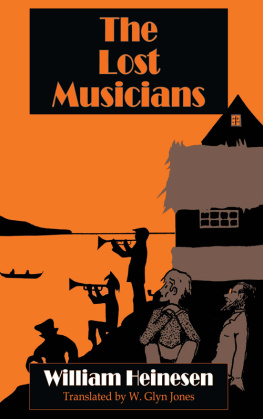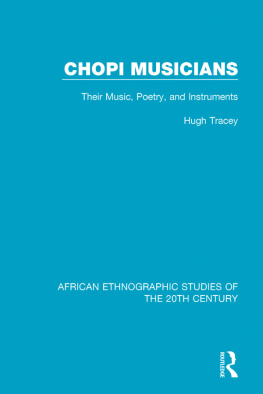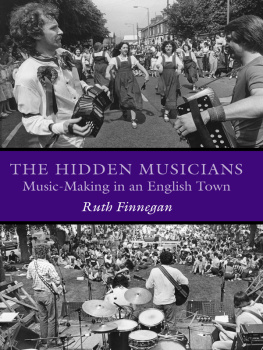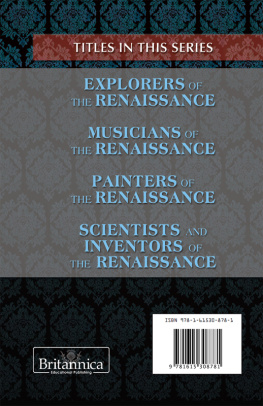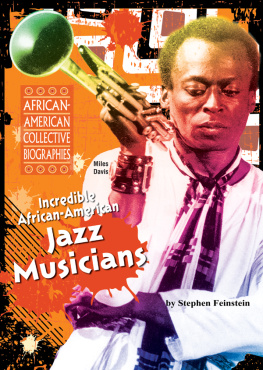
Contents
William Heinesen (19001991) was born in Torshavn in the Faroe Islands, the son of a Danish mother and Faroese father, and was equally at home in both languages. Although he spent most of his life in the Faroe Islands he chose to write in Danish as he felt it offered him greater inventive freedom. Although internationally known as a poet and a novelist he made his living as an artist. His paintings range from large-scale murals in public buildings, through oil to pen sketches, caricatures and collages.
It is Dedalus intention to make all of William Heinesens novels available in new translations by W. Glyn Jones. Published so far are The Black Cauldron, The Lost Musicians, Windswept Dawn, The Good Hope and Mother Pleiades. In 2018 Dedalus will publish William Heinesens novels The Tower at the Edge of the World and Noatun.
William Heinesen is generally considered to be one of the greatest, if not the greatest, Scandinavian novelist of the twentieth century.
W. Glyn Jones (19282014) had a distinguished career as an academic, writer and translator.
He taught at various universities in England and Scandinavia before becoming Professor of Scandinavian Studies at Newcastle and then at the University of East Anglia. He also spent two years as Professor of Scandinavian Literature in the Faeroese Academy. On his retirement from teaching he was created a Knight of the Royal Danish Order of the Dannebrog. He has written widely on Danish, Faeroese and Finland-Swedish literature including studies of Johannes Jorgensen, Tove Jansson and William Heinesen. He is the the author of Denmark: A Modern History and co-author with his wife, Kirsten Gade, of Colloquial Danish and the Blue Guide to Denmark.
W. Glyn Jones many translations from Danish include Seneca by Villy Sorensen and for Dedalus The Black Cauldron, The Lost Musicians, Windswept Dawn, The Good Hope and Mother Pleiades by William Heinesen, Ida Brandt and As Trains Pass By (Katinka) by Herman Bang and My Fairy-Tale Life by Hans Christian Andersen.
Before he died he translated William Heinesens novels The Tower at the Edge of the World and Noatun which Dedalus will publish in 2018.

Illustration by Zacharias Heinesen

Illustration by Zacharias Heinesen
The Faroese poet and author William Heinesen (19001991) must be counted one of the major writers in Scandinavia in the 20th century. The writer of novels, short stories, poems and a small number of works of non-fiction, he was considered for the Nobel Prize but asked to be left out of consideration since he wrote in Danish and believed that any Faroese receiving the prize should write in Faroese. He was in addition a painter of note and a gifted pianist who also composed a modest amount of music.
Born in 1900, Heinesen grew up in a Faroe Island community in transition. Until 1856, the islands had been a Danish colony and trade monopoly closed off from the outside world. However, once the Danish monopoly was abandoned, what had basically been a medieval society underwent a period of both economic and cultural change. One result of this process of opening up to the world was the advent of various sectarian movements who made and still make a huge impact on Faroese life. The most important of them, the Plymouth Brethren, locally known as Baptists, still has an influence rivalling that of the established Lutheran Church. One of the achievements of the sectarians was the introduction of total prohibition at the beginning of the 20th century. The Lost Musicians is centred on the fates of a small group of life-asserting amateur musicians facing the threat and apparently final triumph of these life-denying sectarians.
Poor as they are, the musicians represent a joy in life, yet one by one they are overcome by the anti-life forces of the sectarians led by the formidable savings bank manager Ankersen and his scurrilous putative son Matte Gok. Yet, typical of Heinesen, hope survives nevertheless when Orpheus, the child of one of these doomed musicians, is finally taken off to Copenhagen to embark on a musical career there.
However, this is no dry piece of social realism, but a fast-moving, rollicking account that verges on the fantastic. Ankersen himself is a fanatic, blind to the reality around him but nevertheless not portrayed in an entirely negative light. Matte Gok, one of the most thoroughgoing scoundrels in 20th-century Scandinavian literature, has on the other hand no redeeming features. On the other side of the divide there is the enormous, hen-pecked blacksmith Janniksen, a huge man who would enjoy life if it were not for his determined sectarian wife. It is he who organises a grand traditional wedding festivity for his daughter, which turns into a battle between the two forces each struggling to take possession of the bridal couple. To offset this we have the tenderness and kindness of the ordinary people of the little town in which the action takes place.
Only by stretching the term to its utmost could this be called a historical novel, though there is a vague link between it and actual events in the Faroe Islands at the beginning of the twentieth century. There was indeed at that time an amateur quartet such as that portrayed in the novel, and there was indeed a savings bank manager by the name of Danielsen who led the sectarians and obviously had at least something in common with the Ankersen of the novel. One of Heinesens many caricature paintings is of this Danielsen, and to it the painter has added the telling words that hellhound Danielsen. The struggle for total prohibition took place at the time at which the novel is set of course, though it was scarcely as amusing and grotesque as it is portrayed here. And the visit by the Hamburg Philharmonic Orchestra did in fact have its parallel, though the visiting orchestras programme was not such as would emphasise the struggle between life and death reflected in Heinesens interpretation of Schuberts Eighth Symphony.
Constructed as a classical symphony, the novel has music at its heart and is at the same time a wonderful mixture of caricature, satire and poetry. On a higher plane it represents the cosmic struggle between life-asserting and life-denying forces. It is set in an unnamed town in an unnamed tiny country in the North Atlantic for those who know it quite clearly and recognisably the capital of the Faroe Islands, Trshavn. For those who do not know it, it is of no matter, as the novels theme is one of universality. Seldom can such great themes have been treated in such an approachable fashion.
One of the great Danish novels of the 20th century.
in which the musicians and their family and friends are presented
1
On the Aeolian harp builder Kornelius and his sons
Far out in a radiant ocean glinting like quicksilver there lies a solitary little lead-coloured land. The tiny rocky shore is to the vast ocean just about the same as a grain of sand to the floor of a dance hall. But seen beneath a magnifying glass, this grain of sand is nevertheless a whole world with mountains and valleys, sounds and fjords and houses with small people. Indeed in one place there is even a complete little old town with quays and storehouses, streets and lanes and steep alleyways, gardens and squares and churchyards. There is also a little church situated high up, from whose tower there is a view over the roofs of the town and further out across the almighty ocean.
Next page
